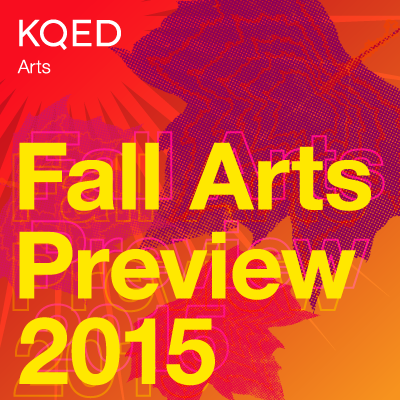Fall, a season experienced in other climates as crisp weather, woolly sweaters, crunchy leaves and autumnally-appropriate spiced drinks. Here in the Bay Area, September is much the same as August, except with more exciting visual art events on the calendar and a slight spike in temperatures.
Don’t know where to start for a healthy dose of excellent art? Here are eight suggestions for not-to-miss exhibitions, installations, public art projects and blink-and-you’ll-miss-them shows in venues around the Bay Area that vary from major museums to tiny galleries.
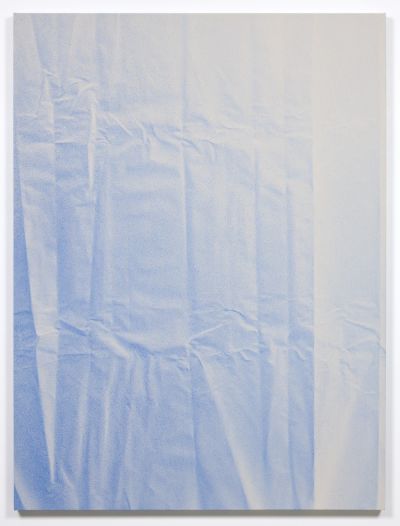
Constructive Interference: Tauba Auerbach and Mark Fox
Anderson Collection at Stanford University
Sept. 9, 2015 – March 21, 2016
Stanford has not one but four — count ’em — four exhibitions opening on Sept. 9. At the Cantor Arts Center, Richard Diebenkorn: The Sketchbooks Revealed presents 29 of the artist’s sketchbooks (along with digital versions on touchscreen kiosks) alongside Edward Hopper: New York Corner, a recently-acquired work by an artist who influenced the young Diebenkorn when he studied at Stanford as an undergrad. And complementing the sketchbook theme is Artists at Work, a show that promise to “demystify” the artistic process. But what I’m most excited about is an exhibition at the Anderson Collection. Constructive Interference: Tauba Auerbach and Mark Fox presents the work of two Stanford alums playing with material choices and optical effects across painting, sculpture and printmaking.
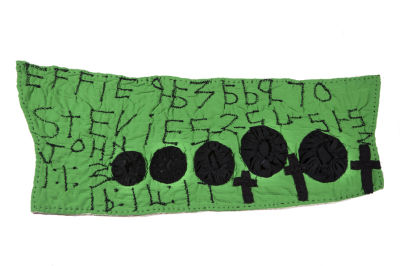
Yo-Yos & Half Squares: Contemporary California Quilts
Oakland Museum of California
Sept. 12, 2015 – Feb. 21, 2016
OMCA starts the fall season with the work of five Bay Area female quilters, showing 20 quilts from the late 1980s to the early 2000s. Seeking orderly patterns and demure fabrics in your textiles? This show is not for you. Working with full denim pant legs, velvet and glittery polyester, Angie Tobias, Arbie Williams, Mattie Pickett, Rosie Lee Tompkins and Sherry Byrd make the time-consuming process of quilting look impromptu and exuberant.
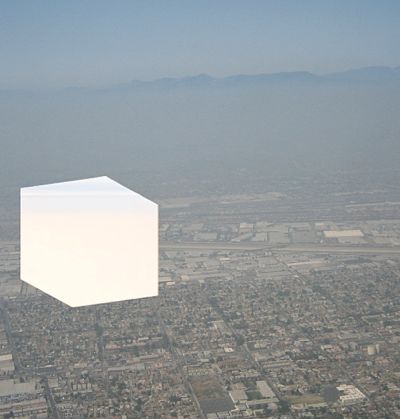
Public Works: Artists’ Interventions 1970s – Now
Mills College Art Museum
Sept. 16 – Dec. 13, 2015
A collaboration between the Mills College Art Museum and San Francisco nonprofit Southern Exposure that was curated by Christian L. Frock and Tanya Zimbardo, Public Works: Artists’ Interventions 1970s – Now brings together a group of female artists working in the public realm. Believing not all public art is monumental and not all monumental art is truly impactful, Public Works focuses on temporary interventions online and in the urban environment. The list of participating artists — too lengthy to mention here — is an impressive one, including off-site commissions by Constance Hockaday and Jenifer K. Wofford. The exhibition spans media and generations, documenting the important projects that occupy space in the world, merging politics and social commentary with everyday life.
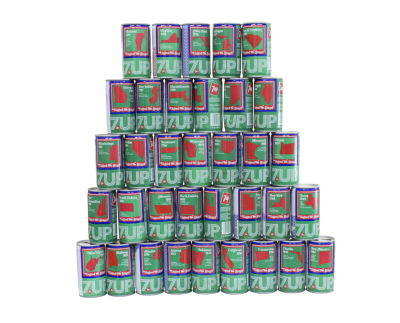
Recology Artist in Residence Exhibitions: Jenny Odell, Chris Sollars and Roger Ourthiage Jr.
Recology San Francisco
Sept. 18, 19 and 22, 2015 (see website for hours)
After four months of scavenging materials from the Recology dump, resident artists Jenny Odell, Chris Sollars and student artist Roger Ourthiage Jr. present three solo exhibitions over the course of one weekend. Odell’s The Bureau of Suspended Objects, a fictional archive of things once used, now discarded, includes scanable QR codes, collages and information gathered by the artist on each object. For Sollars’ Castaways, scavenged material becomes props and backdrops for video works, with the artist acting as playful protagonist. And Ourthiage’s Weight of it All focuses on the dump’s evidence of unhealthy and obsessive habits, the material for a sculptural installation.
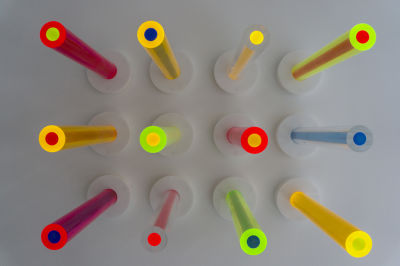
2 x 2 Solos: Leah Rosenberg
2 x 2 Solos: Tamra Seal
Pro Arts
Sept. 29 – Nov. 13, 2015
Two for the price of one! Even though Pro Arts doesn’t charge admission, this is still a great deal. The 2 x 2 Solos program, if you’re unfamiliar with it, pairs an emerging Bay Area artist with an emerging Bay Area curator and provides a real — not token — stipend, for the realization of new work. (The current 2 x 2 pairing, Samuel Levi Jones and Sofía Córdova is also worth seeing, but doesn’t quite fit the timeframe this fall arts guide). Things to expect from Rosenberg and Seal: pure, unabashed love of color; meditations on time and process; and an inventive use of materials, be they cleverly-combined foodstuffs or luminous plastics.
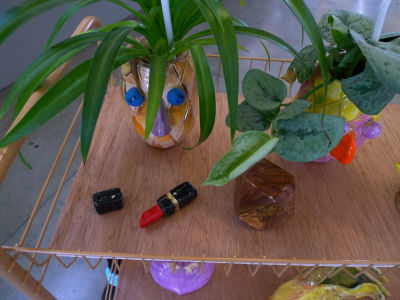
Maria Guzman Capron
City Limits Gallery
Oct. 2 – Nov. 7, 2015
After seeing bits and pieces of Maria Guzman Capron’s work at the 2015 CCA MFA thesis show, I’m looking forward to an entire room of her fabric, ceramic and sculptural work without the distractions that accompany a gigantic group show. At CCA, her work resembled brightly-painted set pieces from an absurdist variety show. There were live plants in ceramic pineapple pots with Mr. Potato Head features, four-inch glossy black platform sandals, painted textiles made out of garish patterns and a wall drawing of a giant cat woman wearing fishnet stockings. Even more of this weirdness? Yes, please.
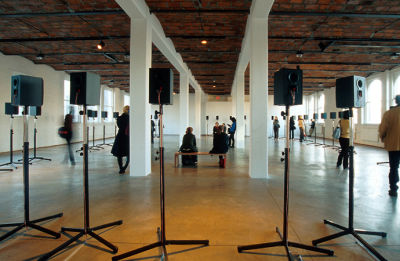
Janet Cardiff: The Forty Part Motet
Gallery 308, Fort Mason Center
Nov. 14, 2015 – Jan. 18, 2016
Sound art isn’t the most visually compelling work — Janet Cardiff’s Forty Part Motet will always be just an oval arrangement of 40 black speakers on stands — but in this instance, the piece’s visual simplicity narrows all focus to the physical and emotional qualities of sound. And this focus, according to reports from previous installations of Cardiff’s “masterwork,” can move the listener to tears. The installation, organized by SFMOMA and on loan from local video and media art collectors, will occupy a historic space at Fort Mason Center with its ghostly voices. Each speaker projects the voice of one member of the Salisbury Cathedral Choir performing a 16th century choral composition Spem in Alium Nunquam Habui, which translates as “In No Other is My Hope.”
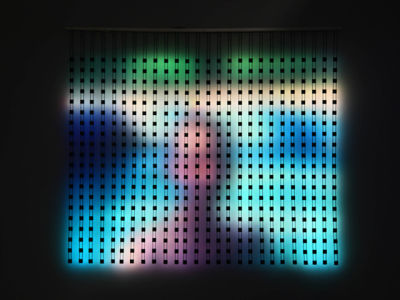
Jim Campbell: New Work
San Jose Institute of Contemporary Art
Nov. 15, 2015 – Feb. 13, 2016
In a reaction to the pursuit of ever-higher definition screens and crystal-clear resolution, local media artist Jim Campbell uses technology to render images fuzzy, low-res and as malleable as human memory. Known for his grids of LEDs and custom electronics, he has created new work for the San Jose ICA that moves beyond the flat screen towards three-dimensional sculpture. Challenging viewers to parse subject and meaning from difficult to see images, he returns the rigor to art viewing and visual perception. Campbell harnesses technology and makes it both accessible and fascinating, rather than the alienating suspicion we have come to expect from innovation.
